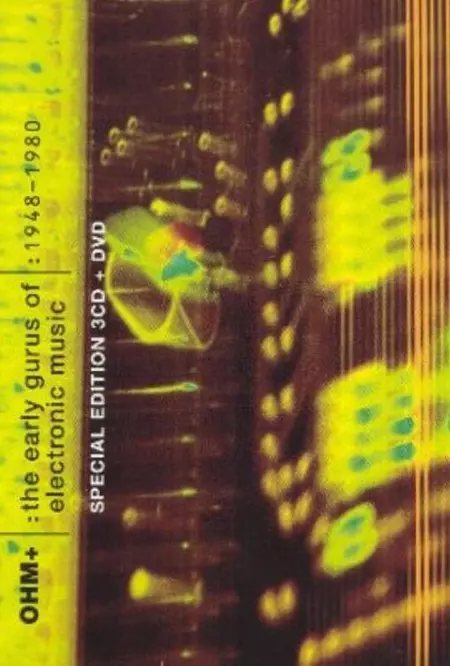Biography
(No Information)
Filmography
Information
Known ForActing
GenderMale
Birthday1916-05-10 (109 years old)
Birth PlacePhiladelphia, United States
CitizenshipsUnited States
ResidencesJackson, United States of America
AwardsHonorary Member of the International Society for Contemporary Music, Arts and Letters Award in Music, Fellow of the American Academy of Arts and Sciences, James Madison Medal, Pulitzer Prize Special Citations and Awards, Joseph H. Bearns Prize, MacArthur Fellows Program, Guggenheim Fellowship
This article uses material from Wikipedia.
Last updated:
 Milton Babbitt
Milton Babbitt- Filmography
- Information


